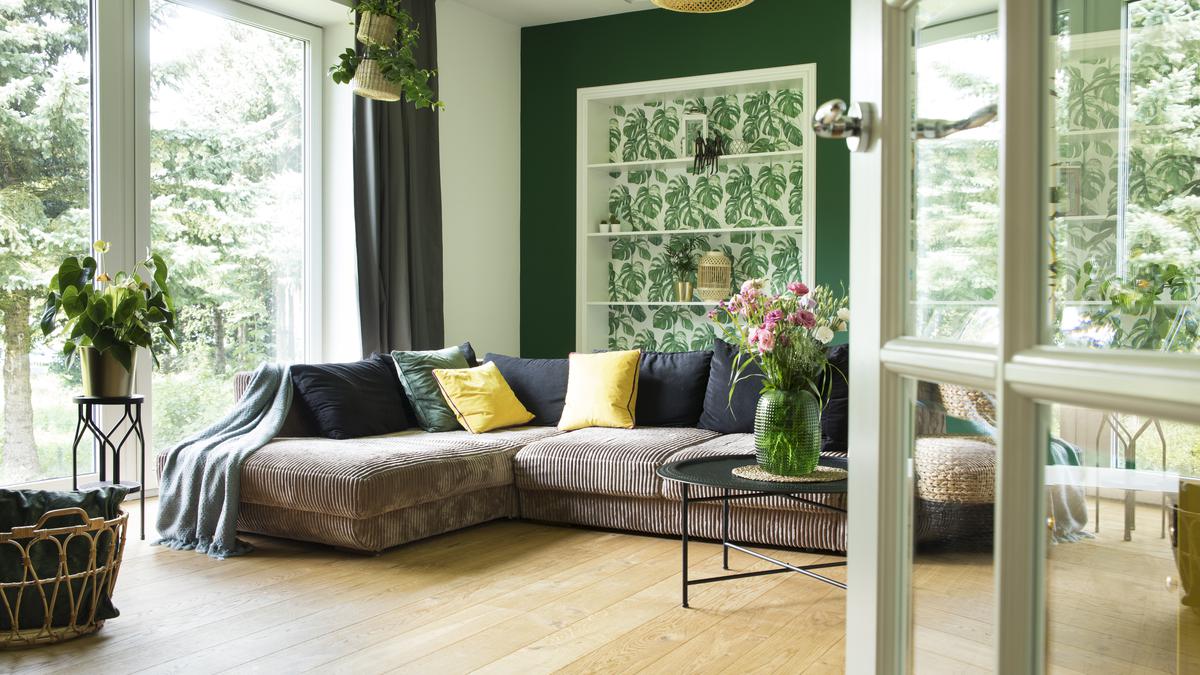A recent study published in Advances in Atmospheric Sciences revealed that 2023 is likely be the warmest year on record, while 2024 could see further increase in temperatures, on account of human-induced climate change and the ongoing El Nino. That said, architects, designers and home owners are doing their bit by using eco-friendly materials and processes that reduce environmental pressure.
Nidhi Aggarwal, Founder, SpaceMantra, believes many factors are responsible for creating a room that’s “environmentally conscious, aesthetically pleasing, as well as operationally effective in fulfilling the objective of sustainable interior design”.
Saniya Kantawala, founder and principal designer of Saniya Kantawala Design, agrees, adding that opting for sustainable practices and materials makes it possible to reduce a home’s environmental impact. “You can streamline choices by prioritising sustainability in your decision-making process, such as when selecting paint, flooring, lighting, appliances, furniture, textiles, and decor. These small steps can go a long way towards creating an eco-friendly home for your family while positively impacting the planet,” she says.
Try these time-tested practices to minimise the ecological footprint while creating a beautiful home.
Efficiency in energy use: Sustainable interior design prioritises reducing the consumption of energy. This includes the installation of lighting that is energy-efficient, appliances, and cooling and heating systems. “The use of LED lighting, for example, consumes fewer kWh as well as lasts longer than standard incandescent lights. Home automation systems that adjust both lighting and temperature depending on usage may additionally be helpful in increasing energy efficiency,” Aggarwal says.
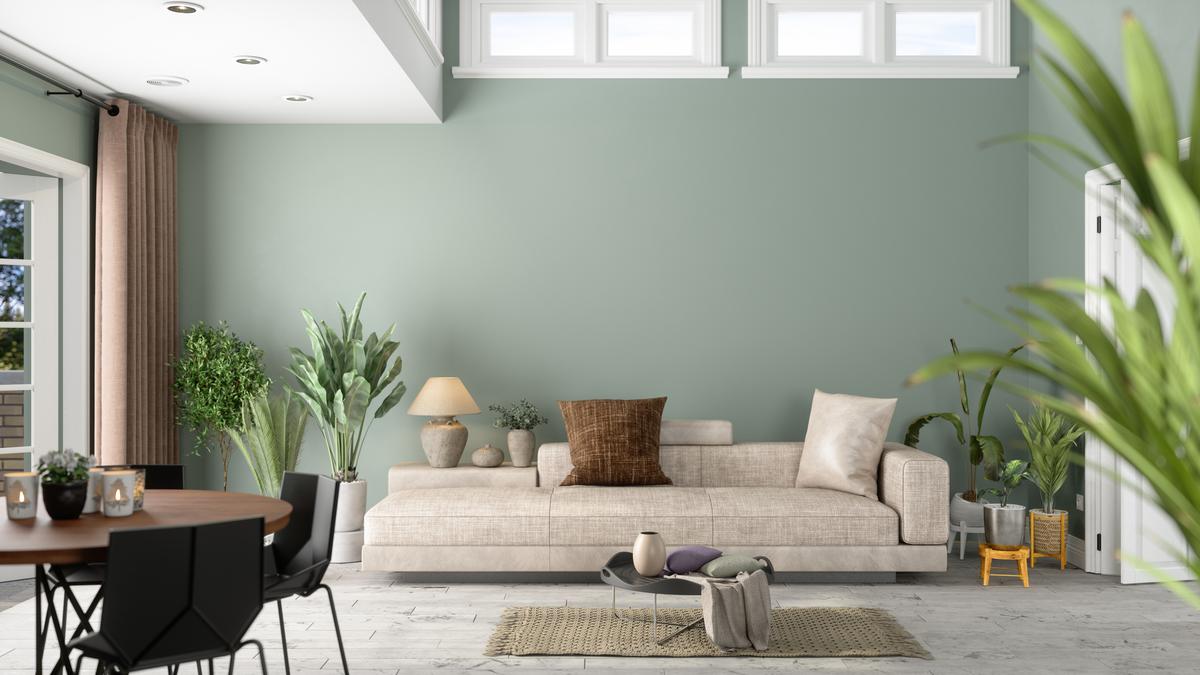
Biophilic layouts: Bringing nature into interior spaces improves general well-being and fosters a stronger connection with our natural surroundings. Some successful approaches to include designs that are biophilic are the incorporation of sustainably sourced materials, living walls, indoor plants, and big windows with vistas of greenery.

Water efficiency: Installing water-saving equipment like faucets with low flows and lavatories may considerably cut water use. Another fresh approach for water saving is greywater systems, which reuse the wastewater from basins and showers for irrigation.

Renewable power: If practical, incorporate renewable energy sources into the design, such as solar power panels. “Solar energy may power appliances and the lighting, delivering an environmentally beneficial alternative to traditional energy sources,” Aggarwal says.
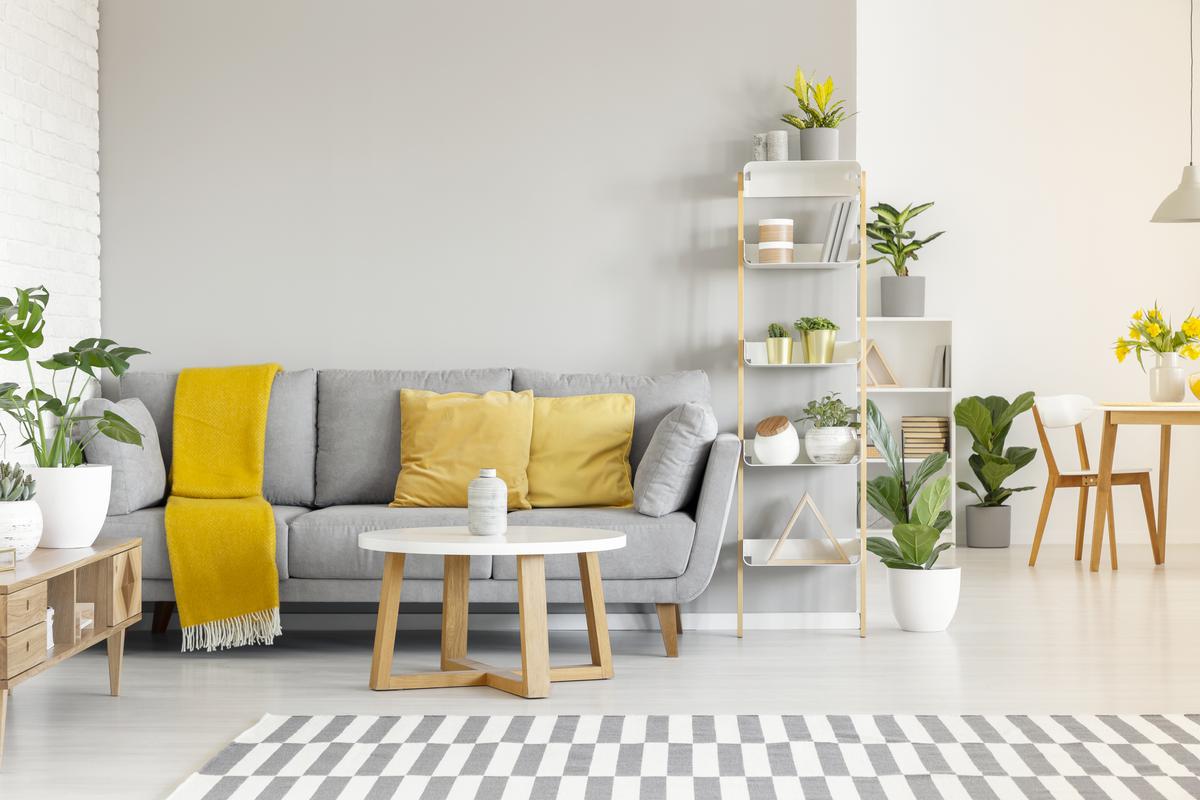
Longevity and durability: Choose durable, high-quality supplies and furnishings that will withstand wear and tear over the course of time. Investing in long-lasting items decreases the necessity for frequent replacements, resulting in less waste.
Aggarwal believes that sustainable construction materials should be selected for their environmental friendliness, durability, and low environmental effect. She suggests:
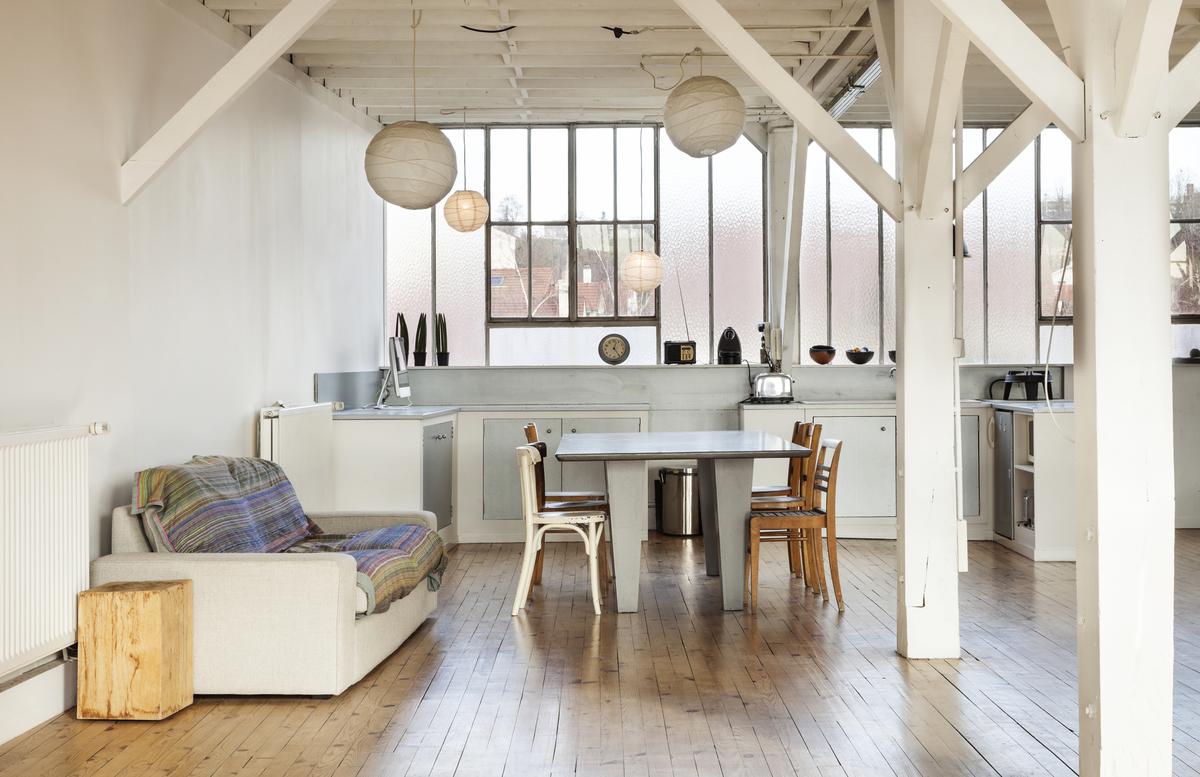
Recycled steel: Utilising recycled steel for building purposes reduces the energy-intensive procedure of creating new steel. Recycled steel may be utilised for structural components such as beams and columns, giving structures strength and stability.
Glass effects: This can be pressed into service to make worktops, tiles, and ornamental components, lowering the environmental effect of new glass manufacturing.
Low VOC paint: Traditional paints contain volatile organic compounds (VOCs), which emit dangerous emissions into the atmosphere. Low VOC or zero VOC paints are better choices for improving indoor air quality.
Saving on concrete: Using recycled concrete aggregates in fresh concrete decreases the need for new raw materials while diverting building waste away from landfills. Recycled concrete can be utilised for foundations, pavements, and other building components.
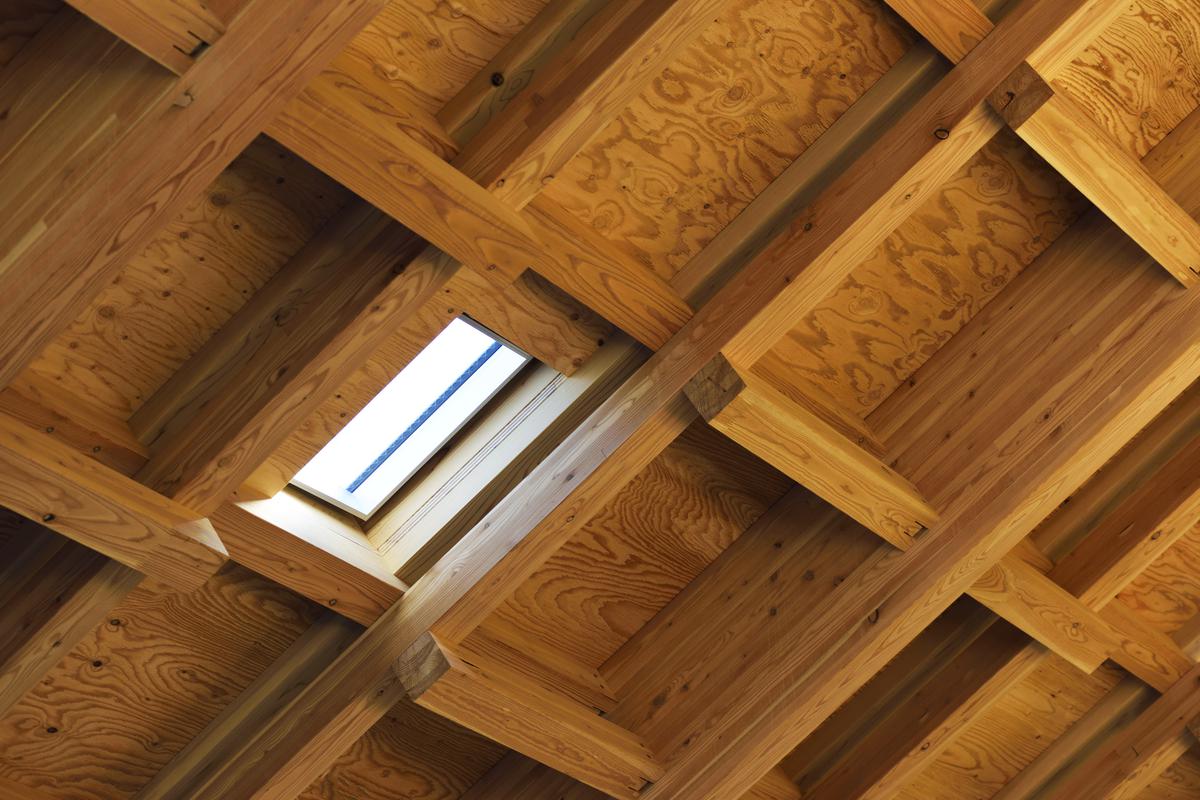
Reclaimed wood: Reclaimed wood, which is recovered from old buildings, barns, or industrial buildings, provides character and history to modern creations while minimising the demand for newly cut timber.
Durable plastic lumber: Made of post-consumer recycled plastic, recycled plastic lumber is a long-lasting and sturdy alternative to conventional wood. “It is resistant to decay, dampness, and bugs, making it ideal for exterior decking, fencing, and furnishings. Homeowners who use recycled plastic help to reduce plastic waste and increase demand for virgin plastic manufacture,” Aggarwal says.
Wool insulation: It is an organic and sustainable alternative to traditional insulating materials. It has good thermal and acoustic qualities and is mould, insect, and fire resistant. Wool insulation also happens to be biodegradable, which makes it a good choice for the environment.
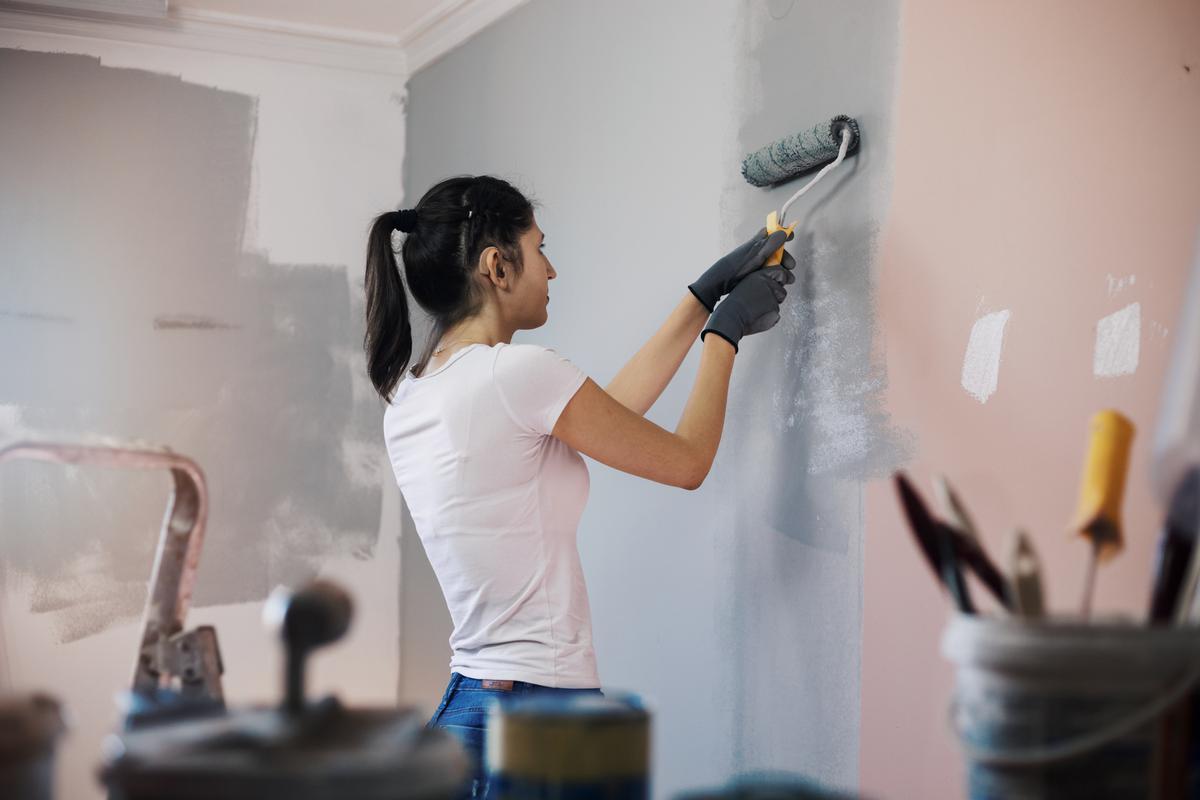
Air-purifying paint: This type of paint has chemicals that actively collect and neutralise dangerous contaminants in the air. These paints can assist to enhance the quality of indoor air and make living spaces healthier.
Metal tiles: Recycled metal tiles, made from reused metals such as copper, aluminium, or steel, lend a sense of industrial refinement to interior design. “These tiles are long-lasting, lightweight, and available in a variety of finishes, making them ideal for backsplashes, accent walls, as well as flooring,” Aggarwal says.
Bamboo: This rapidly growing, renewable material may be utilised for a variety of building uses, including flooring, panels for walls, and furnishings. It is robust, lightweight, and environmentally friendly, making it a perfect alternative to conventional wood.
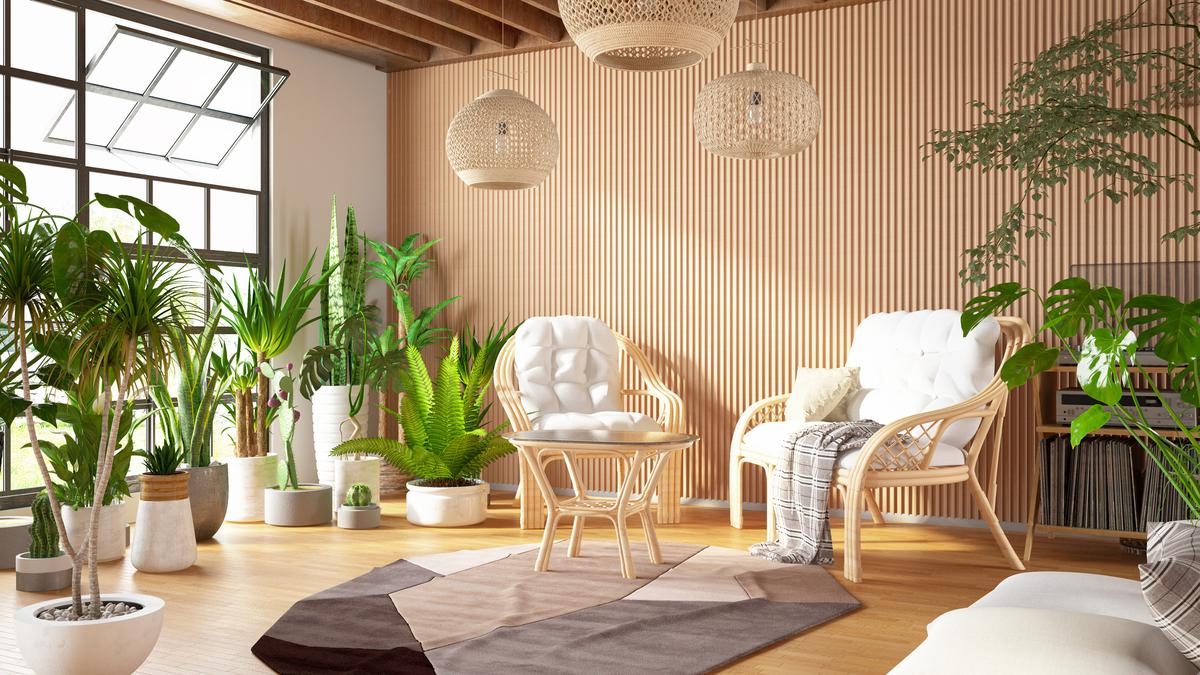
Cork: Cork is an ecologically friendly substance that is collected without causing harm to the cork oak trees. It is a fantastic choice for flooring since it is soft underfoot and provides insulation. “Cork’s natural resistance to mould and mildew as well as bugs makes it an excellent choice for damp areas especially bathrooms and the kitchen. Furthermore, its acoustic qualities make it great in noise reduction, boosting overall comfort in living areas,” she says.
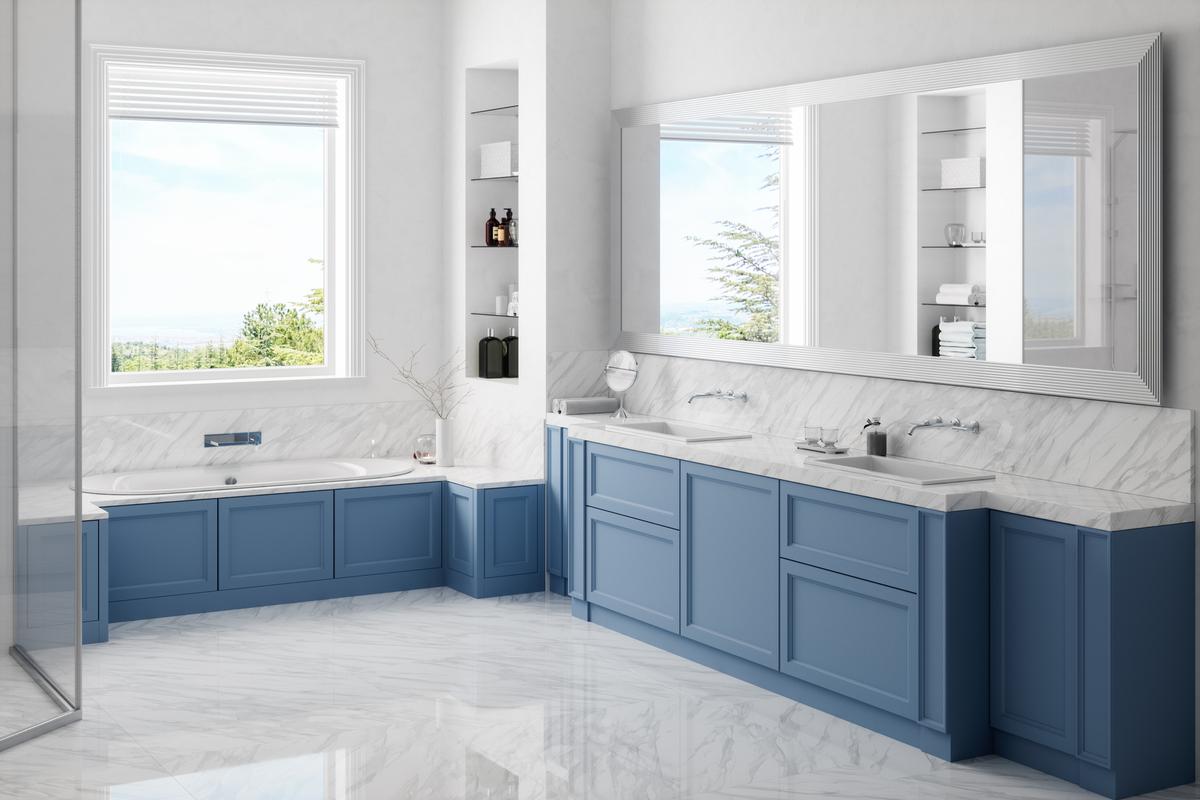
Stone: Natural stone, including granite, marble, as well as limestone, provides interior spaces with timeless beauty and durability. Stone is an environmentally friendly option when properly obtained, and its durability assures that it will not need to be replaced frequently. Stone may be utilised for worktops, floors, wall cladding, as well as ornamental components, giving any home design an attractive touch. However, it is critical to choose locally produced stone to reduce the environmental effect of shipping it far away.
“Emphasising quality over quantity becomes paramount, and selecting materials that possess timeless qualities or can be recycled is an intelligent choice,” Kantawala says. “It is important to recycle, repurpose and reuse what is possible during the home renovation. Doing so reduces environmental impact and makes the renovation process easier on your pocket.”


